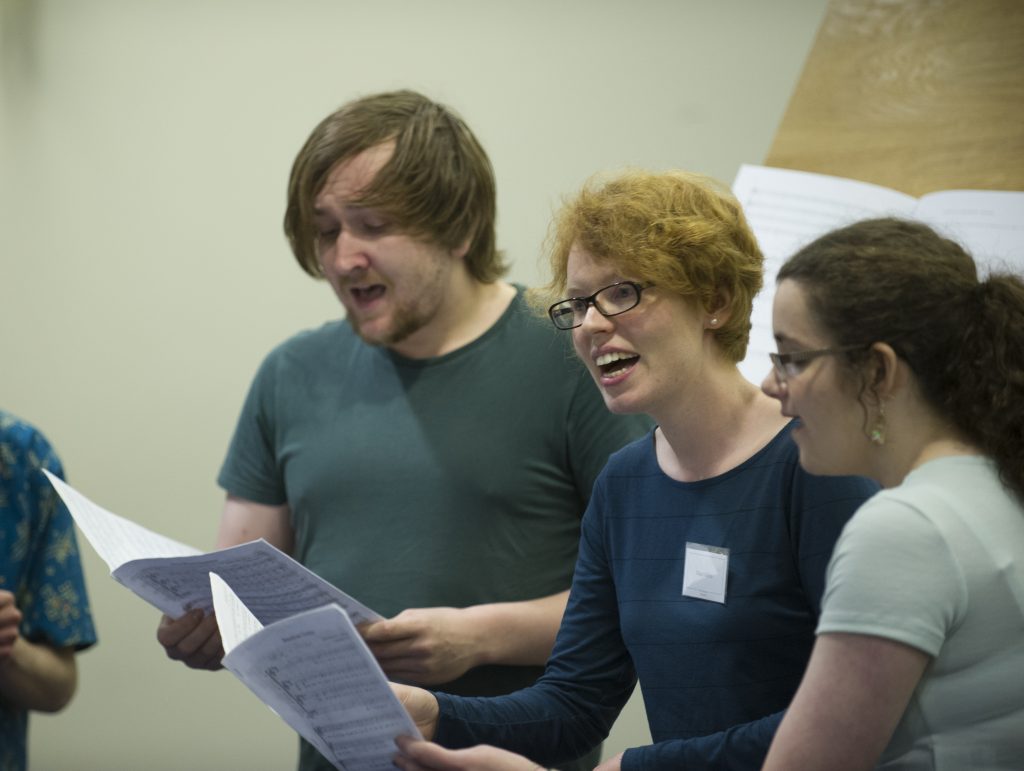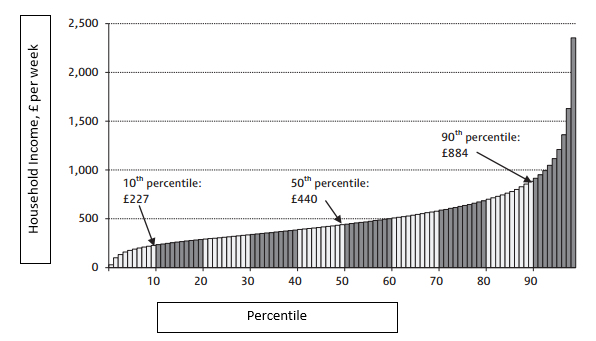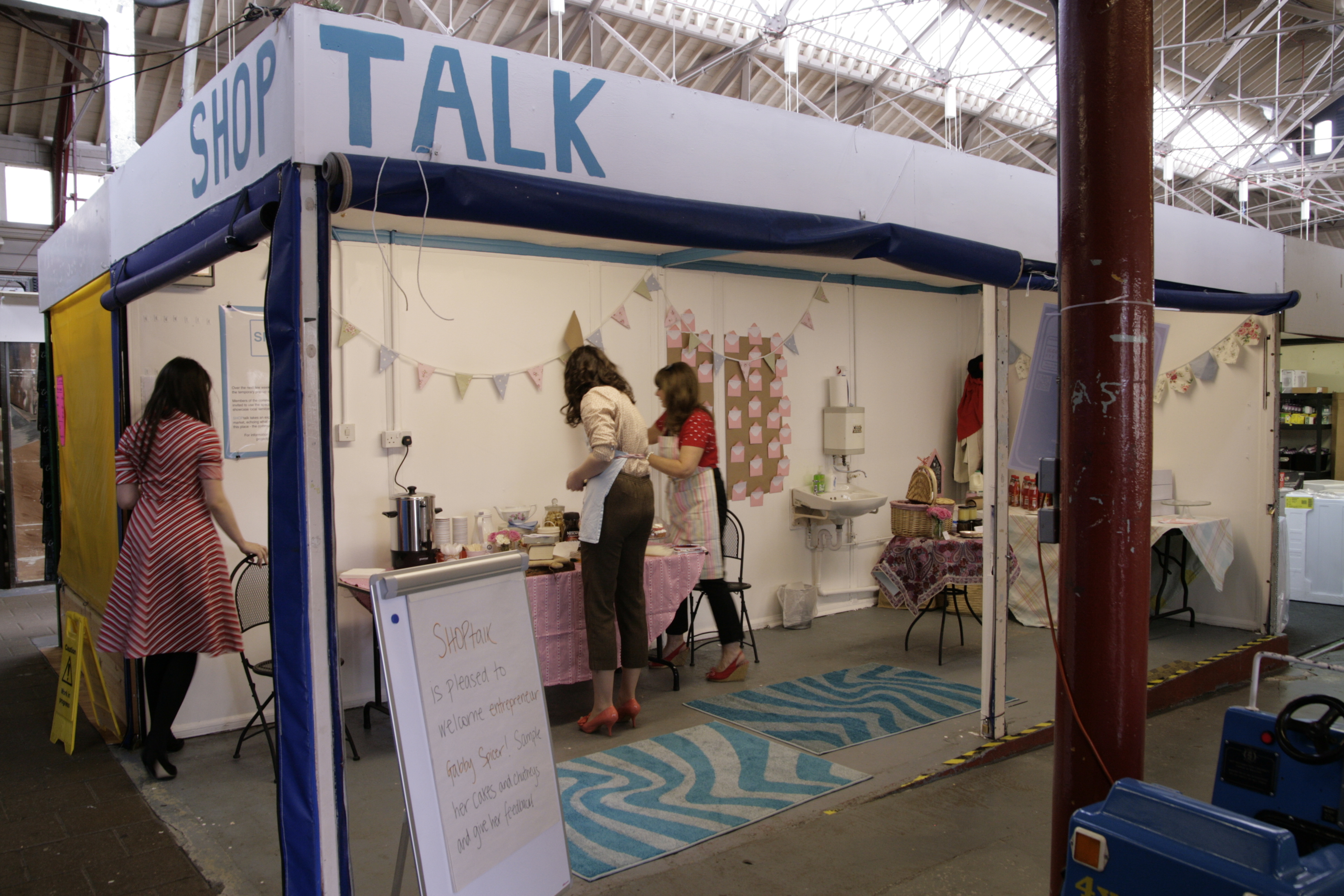Jessica Crosby is a PhD Student in Newcastle University School of Arts and Cultures. Her PhD is in Media and Cultural Studies, and considers the millennial generation’s engagement in a digital dialogue with popular culture. Here, she explains what Social Renewal means to her, with particular reference to the theme of Digital Innovation.
To me, social renewal means taking the old alongside the new. We’ve experienced such rapid digital innovation in such a small space of time that our cultural and social landscape has been dramatically changed; whether for the good or the bad, it’s clear that we need some new definitions for our current cultural state, as well as careful consideration of just what has been altered. My own research is an exploratory study of the contemporary film audience, and the ways in which active audience practices can be manifested by interaction on social networking sites. This work must involve an appreciation of the traditions and critical history of the cinema, which as a long-standing cultural institution has had a significant role to play in our day-to-day lives. However, it cannot be denied that the nature of our viewing experiences has changed, facilitated by innovations in mobile and entertainment technology, and the act of being ‘audience’ has become an altogether more transitive, collaborative, and immersive affair. I consider these changes in light of traditional definitions of film audiences, in order to establish the progression of our film viewing habits.
The act of being ‘audience’ has become an altogether more transitive, collaborative, and immersive affair.
Emerging findings from ethnographical study have already demonstrated some interesting trends in online audience interaction, including practices of ‘ownership’ over extended aspects of the film narrative, which brings forward some interesting questions about audience agency and power. These trends speak to larger issues with audience agency in film, which has long functioned on a background of textual pleasure and passivity. What I feel is most significant about this topic however, and indeed what is significant about the focus of social renewal overall, is the attention given to digital ‘inclusivity’. This is an acknowledgement that digital innovation does not function as merely an advancement of older technology, cultural institutions or practices, but as a relationship between traditional elements and future potentials. During my time at Newcastle University I have come across a number of fellow researchers and students, as well as institutions and societies, that have shared the same sense of excitement when discussing the possibilities of digital inclusivity.
Digital innovation does not function as merely an advancement of older technology, cultural institutions or practices, but as a relationship between traditional elements and future potentials.
I have been lucky in that my PhD journey so far has introduced me to a lot of like-minds, both in my own field and without, who have been positive in discussing the ‘potential’ for digital and technological innovation in the cultural field. Though there are apparent consequences to technological growth, the communicative function of digital tech is – in my experience – most often encouraged, particularly when considered also as an academic or networking tool. For example, social media, mobile technology and networking have all figured widely in discussions on research impact, a subject that was at the heart of the recent Humanities and Social Sciences research showcase, for which I was on the organisation committee. It was clear when speaking about individual (and collaborative) impact, the potential for expanding impact both within and beyond the academic sphere was very closely tied to concepts of inclusion, exchange, communication and social policy, making platforms such as social media an invaluable asset.
Whilst the case for digital advancement is by no means cut and dry, and there are factors of transformation in this regard which need careful and close consideration, it seems clear to me that the functionalities of digital technology have opened the floor for close discussion on social interaction and design. This discussion must make room for what has already been established in this field, as well as possible innovations and developments. Taking stock seems a simple act, but it is necessary in times of such rapid change. The work done in the Institute for Social Renewal, as in other sectors of the university, shows clearly the relationship between digital interactivity and cultural enterprise, as well as the more innovative possibilities of a relationship between tradition and potential.
Jessica Crosby, PhD student in Newcastle School of Arts and Cultures







